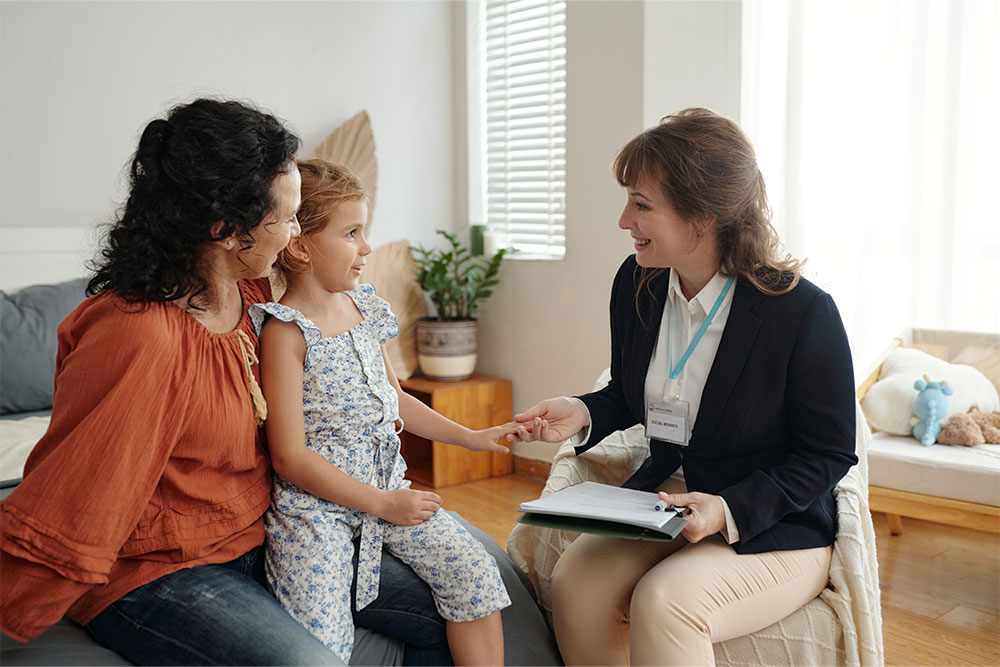
An investigation carried out by UN Women UK found that an astonishing 97% of women aged 18-24 have been sexually harassed. It also discovered that 96% did not report the event because they didn’t believe reporting would change anything.
Sexual harassment can be defined as unwanted behaviour of a sexual nature. Such conduct violates the victims’ dignity. Whether the harassment is intentional or not, it creates an environment that is hostile, intimidating, humiliating, degrading and offensive.
Under the Equality Act 2010, employers must protect employees and workers. Contractors, the self-employed and even job applicants are also covered under the Act. There are no standalone sexual harassment laws.
What Does Sexual Harassment Look Like?
Often, when we think of sexual harassment, we think of unwanted physical touch and contact – uninvited hugging, kissing or massaging, or brushing up against someone. But that’s not always the case.
Sexual harassment also includes:
- Verbal or written comments of a sexual nature
- Sending emails and messages via social media containing content of a sexual nature
- Making propositions, sexual advances and promises in return for sexual favour
- Showing pornographic images
- Spreading sexual rumours
- ‘Upskirting’ – taking a photo or video under someone’s clothing
It’s important to note that this unwanted behaviour is harassment, even if it was not intended. For example, remarks about someone’s private sex life or sexual comments about their physical appearance can be classed as sexual harassment, even if they are meant to be a good-natured joke.
Criminal behaviour, including sexual assault, indecent exposure and stalking, is also classed as sexual harassment.
What Effect Does Sexual Harassment Have on Victims?
The effects are immediately felt as soon as the offence takes place. And victims can go on to suffer for a long time afterwards.
An experience of this type of harassment can be triggering for some victims. It can bring up symptoms of anxiety and depression that are entirely new or were previously controlled or resolved. The body reacts to the trauma experienced and will also have an emotional impact.
Let’s look at some of the emotional, physical and mental effects:
Emotional effects:
- Fear
- Humiliation
- Shame
- Violation
- Anger
- Embarrassment
- Guilt
- Betrayal
- Powerless
Physical effects:
- Nausea
- Headaches
- Heightened stress levels
- Eating disorders
- Sleeping disorders
Mental effects:
- Anxiety
- Depression
- PTSD
- Panic attacks
- Lack of motivation
It can also lead to self-harm and alcohol and substance abuse. Victims may also feel suicidal.
What Is the Difference Between Sexual Harassment and Sexual Assault?
We can now see that the term sexual harassment is quite broad. It violates civil laws – our right to work without being harassed. As mentioned, it creates a hostile work environment without consent.
Sexual assault, on the other hand, involves physical sexual acts without consent. Sexual assault is considered a criminal act. Examples include:
- Rape
- Attempted rape
- Forcing a victim to perform sexual acts on the perpetrator’s body
- Unwanted sexual touching and fondling
Where Can Sexual Harassment Occur?
It can happen anywhere and anytime – in plain sight, in front of others or behind closed doors. As you go about your daily life, you may see posters, signs and literature on what it is and that it’s not tolerated.

Transport for London, for example, has been running a sexual harassment campaign for many years now. The campaign informs travellers on what it is, what they can do and who they can contact if they are a victim or a witness to sexual harassment.
What Can I Do If I Witness Sexual Harassment?
Your intervention may prevent things from getting worse and leading to an actual sexual assault. Understandably, you may not feel comfortable intervening. But if you can, there are things you can do to help.
Have you heard of the term ‘bystander intervention’? It’s a technique that can be used to safely intervene when someone is being harassed.
To use the Bystander Intervention technique, remember these four D’s:
Direct – say something. Call out harassment. Tell the perpetrator to stop. Ask the victim if they are ok. Stay calm and be polite to not aggravate the situation. Say what about their actions has offended you. State what has actually happened and make sure not to exaggerate.
Distract – Interrupt them. Do this by starting a conversation with the perpetrator. This may give the victim the chance to get away. You can also try making up a reason to speak to the victim – tell them they must take a call or you need to talk to them. Distracting may even be you diverting attention to something else momentarily.
Delegate – If intervening is outside your comfort zone or you feel unsafe, you can get someone else to help.
Delay – If the situation is too dangerous for you to intervene, it’s best to stay back and wait for the problem to pass before going to the victim’s aid. Call for help, or report what you have witnessed. In an emergency, call the police on 999.
It’s important to remember that in these circumstances, your personal safety is paramount. Assess the situation and ask yourself if you can safely intervene. If not, report what you have seen. It’s never too late to act.
Take Action to Avoid and Prevent Sexual Harassment
Knowing what to do in the event of sexual harassment can seem daunting. Training will give you the essential skills and confidence needed to take action. Action can be intervening, like we have discussed in this blog, getting others to intervene or reporting it.
Our sexual harassment training course is suitable for all employees. It focuses on a zero-tolerance approach, how to avoid and prevent it, and what to do if you or a colleague is a victim of this type of harassment.
































































































































































































































































































































































































































































































































































































































































































































































